Name Lee Lawrie | Role Architectural Sculptor | |
 | ||
People also search for Milton Bennett Medary, Edward Bok, Tara Smith | ||
Sculpture by Lee Lawrie.https://www.youtube.com/watch?v=OmtpJsPeY30
Lee Oscar Lawrie (October 16, 1877 – January 23, 1963) was one of the United States' foremost architectural sculptors and a key figure in the American art scene preceding World War II. Over his long career of more than 300 commissions Lawrie's style evolved through Modern Gothic, to Beaux-Arts Classicism and finally into Moderne or Art Deco.
Contents
- Sculpture by Lee LawriehttpswwwyoutubecomwatchvOmtpJsPeY30
- Lee Lawries Sculpture at Rockefeller Center circa 1936
- Early work
- Collaborations with Cram and Goodhue
- Commissions related to Goodhue
- Rockefeller Center
- Other commissions
- In popular culture
- Gallery
- References
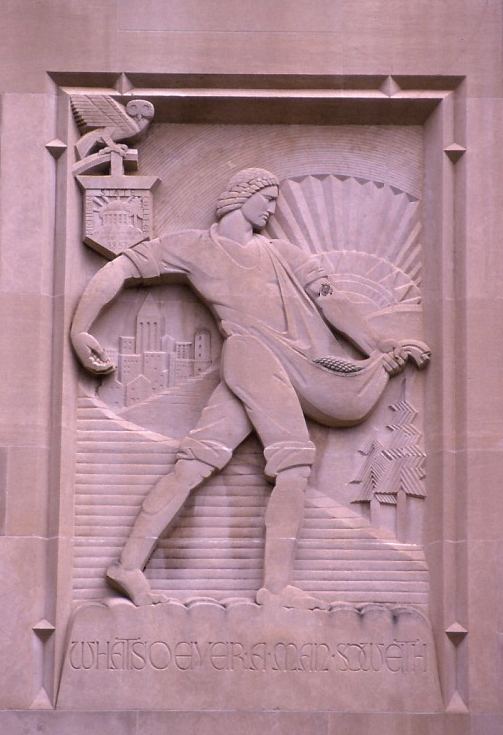
He created a frieze on the Nebraska State Capitol building in Lincoln, Nebraska, including a portrayal of the announcement of the Emancipation Proclamation. He also created some of the architectural sculpture and his most prominent work, the free-standing bronze Atlas (installed 1937) at New York City's Rockefeller Center.
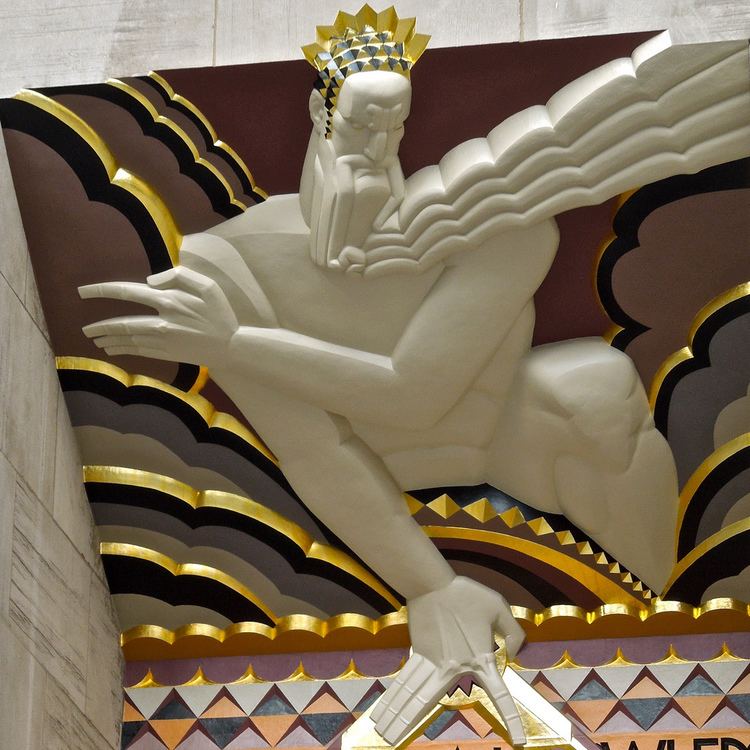
Lawrie's work is associated with some of the United States' most noted buildings of the first half of the twentieth century. His stylistic approach evolved with building styles that ranged from Beaux-Arts to neo-Gothic to Art Deco. Many of his architectural sculptures were completed for buildings by Bertram Goodhue of Cram & Goodhue, including the chapel at West Point; the National Academy of Sciences in Washington, D.C.; the Nebraska State Capitol; the Los Angeles Public Library; St. Bartholomew's Episcopal Church in New York; and Rockefeller Chapel at the University of Chicago. He completed numerous pieces in Washington, D.C., including the bronze doors of the John Adams Building of the Library of Congress, the Basilica of the National Shrine of the Immaculate Conception south entrance portal, and the interior sculpture of George Washington at the National Cathedral.
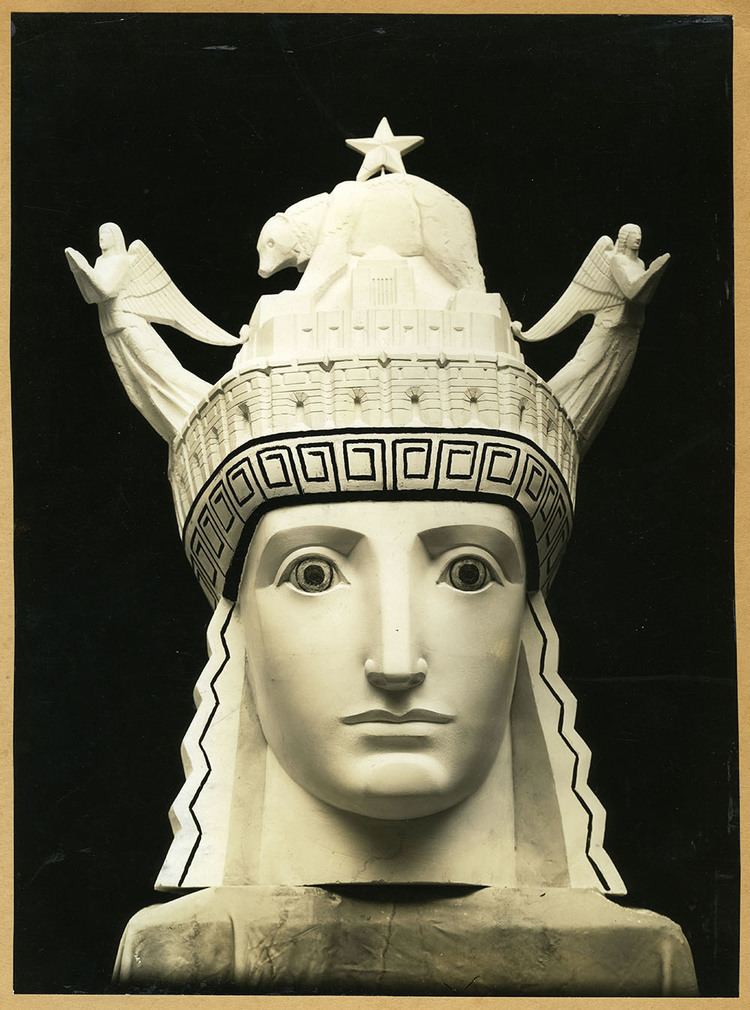
Lee Lawrie's Sculpture at Rockefeller Center, circa 1936
Early work
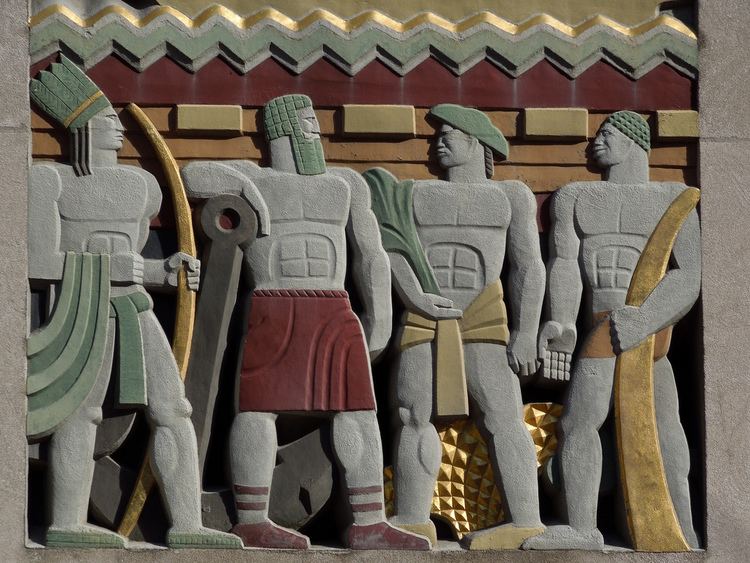
Lee Lawrie was born in Rixdorf, Germany, in 1877 and immigrated to the United States in 1882 as a young child with his family; they settled in Chicago. It was there, at the age of 14, that he began working for the sculptor Richard Henry Park.

At the age of 15, in 1892 Lawrie worked as an assistant to many of the sculptors in Chicago, for their part in constructing the "White City" for the World's Columbian Exposition of 1893. Following the completion of that work, Lawrie went East, where he became an assistant to William Ordway Partridge. During the next decade, he worked with other established sculptors: Augustus Saint-Gaudens, Philip Martiny, Alexander Phimister Proctor, John William Kitson and others. His work at the Louisiana Purchase Exposition, St Louis, 1904, under Karl Bitter, the foremost architectural sculptor of the time, allowed Lawrie to develop both his skills and his reputation as an architectural sculptor.

Lawrie received a bachelor's degree in fine arts from Yale University in 1910. He was an instructor in Yale's School of Fine Arts from 1908 to 1919 and taught in the architecture program at Harvard University from 1910 to 1912.
Collaborations with Cram and Goodhue
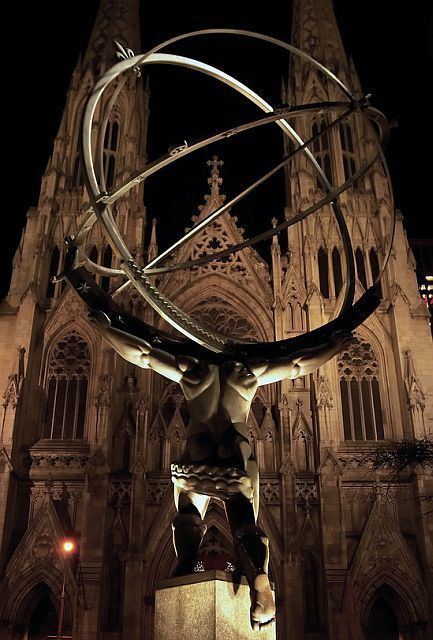
Lawrie's collaborations with Ralph Adams Cram and Bertram Goodhue brought him to the forefront of architectural sculptors in the United States. After the breakup of the Cram, Goodhue firm in 1914, Lawrie continued to work with Goodhue until the architect died in 1924. He next worked with Goodhue’s successors.
Lawrie sculpted numerous bas reliefs for El Fureidis, an estate in Montecito, California designed by Goodhue. The bas reliefs depict the Arthurian Legends and remain intact at the estate today.
The Nebraska State Capitol and the Los Angeles Public Library both feature extensive sculptural programs integrated with the surface, massing, spatial grammar, and social function of the building. Lawrie's collaborations with Goodhue are arguably the most highly developed example of architectural sculpture in American architectural history.
Lawrie served as a consultant to the 1933-34 Century of Progress International Exposition in Chicago. He was a member of the National Institute of Arts and Letters, the American Academy of Arts and Letters, the National Academy of Design, and the Architectural League of New York. Among his many awards was the AIA Gold Medal of the American Institute of Architects in 1921 and 1927, a medal of honor from the Architectural League of New York in 1931, and an honorary degree from Yale University. He served on the U.S. Commission of Fine Arts in Washington, DC from 1933 to 1937 and again from 1945 to 1950; it oversees federal public works and artwork in the city.
Commissions related to Goodhue
Rockefeller Center
After Goodhue's death, Lawrie produced important and highly visible work under Raymond Hood at Rockefeller Center in New York City, which included the Atlas in collaboration with Rene Paul Chambellan. By November 1931 Hood said, "There has been entirely too much talk about the collaboration of architect, painter and sculptor." He relegated Lawrie to the role of a decorator.
Lawrie's most noted work is not architectural: it is the freestanding statue of Atlas, on Fifth Avenue at Rockefeller Center, standing a total 45 feet tall, with a 15-foot human figure supporting an armillary sphere. At its unveiling, some critics were reminded of Benito Mussolini, while James Montgomery Flagg suggested that it looked as Mussolini thought he looked. The international character of Streamline Moderne, embraced by Fascism as well as corporate democracy, lost favor during the Second World War.
Featured above the entrance to 30 Rockefeller Plaza and axially behind the golden Prometheus, Lawrie's Wisdom is one of the most visible works of art in the complex. An Art Deco piece, it echoes the statements of power shown in Atlas and Paul Manship's Prometheus.
Other commissions
In popular culture
He was featured on the cover of The New Yorker magazine for December 20 and 27, 2010.
